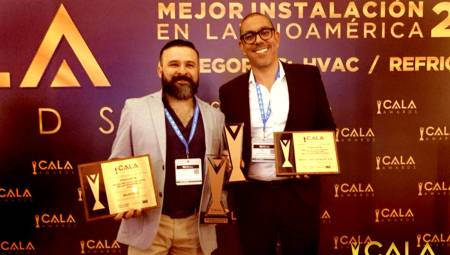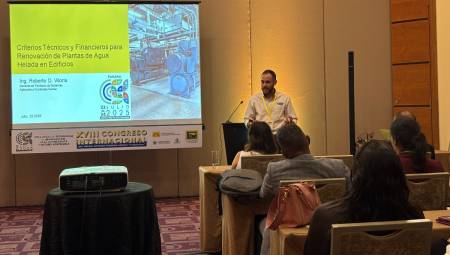International. The WHO's new Global Air Quality Guidelines (AQG) provide clear evidence of the damage that air pollution inflicts on human health, at concentrations even lower than previously thought. The guidelines recommend new levels of air quality to protect the health of populations, by reducing levels of key air pollutants, some of which also contribute to climate change.
Since the last 2005 GLOBAL UPDATE of the WHO, there has been a marked increase in evidence showing how air pollution affects different aspects of health. For that reason, and following a systematic review of the accumulated evidence, the WHO has adjusted almost all AQG levels downwards, warning that exceeding the new levels of the air quality guideline is associated with significant health risks. At the same time, however, adhering to them could save millions of lives.
It is estimated that each year, exposure to air pollution causes 7 million premature deaths and results in the loss of millions more years of healthy life. In children, this could include reduced lung growth and function, respiratory infections, and worsening asthma. In adults, ischemic heart disease and stroke are the most common causes of premature death attributable to outdoor air pollution, and evidence of other effects such as diabetes and neurodegenerative diseases is also emerging. This places the burden of disease attributable to air pollution on par with other major global health risks, such as an unhealthy diet and smoking.
Air pollution is one of the biggest environmental threats to human health, along with climate change. Improving air quality can improve climate change mitigation efforts, while reducing emissions will in turn improve air quality. By striving to reach these benchmarks, countries will protect health and mitigate global climate change.
The new WHO guidelines recommend air quality levels for 6 pollutants, where evidence has advanced further on the health effects of exposure. When action is taken on these so-called classic pollutants: particulate matter (PM), ozone (O₃), nitrogen dioxide (NO₂), sulfur dioxide (SO₂) and carbon monoxide (CO), it also has an impact on other harmful pollutants.
The health risks associated with particulate matter less than 10 and 2.5 microns (μm) in diameter (PM₁₀ and PM₂.₅, respectively) are of particular relevance to public health. Both PM₂.₅ and PM₁₀ are able to penetrate deep into the lungs, but PM₂.₅ can even enter the bloodstream, mainly causing cardiovascular and respiratory impacts, and also affecting other organs.
Particulate matter is mainly generated by the burning of fuels in different sectors, including transport, energy, households, industry and agriculture. In 2013, outdoor air pollution and particulate matter were classified as carcinogenic by the WHO's International Agency for Research on Cancer (IARC).
The guidelines also highlight good practices for the management of certain types of particulate matter (e.g., black carbon/elemental carbon, ultrafine particles, particles originating from sand and dust storms) for which there is currently insufficient quantitative evidence to establish levels of air quality guidelines. They are applicable to indoor and outdoor environments globally and cover all environments.
"Air pollution is a health threat in all countries, but it affects people in low- and middle-income countries the most," said WHO Director-General Dr Tedros Adhanom Ghebreyesus. "The new WHO Air Quality Guidelines are a practical, evidence-based tool to improve the air quality on which all life depends. I urge all countries and all those fighting to protect our environment to use them to reduce suffering and save lives."
The path to achieving recommended air quality reference levels
The aim of the guideline is for all countries to achieve the recommended levels of air quality. Aware that this will be a difficult task for many countries and regions struggling with high levels of air pollution, WHO has proposed interim targets to facilitate the gradual improvement of air quality and thus gradual, but significant, health benefits for the population.
Nearly 80% of PM₂-related deaths could be avoided worldwide if current air pollution levels were reduced to those proposed in the updated guideline, according to a rapid scenario analysis by WHO. At the same time, the achievement of the interim targets would result in the reduction of the disease burden, the greatest benefit of which would be observed in countries with high concentrations of fine particulate matter (PM₂.₅) and large populations.
Source: WHO.















